Vanavasa Raja Maha Viharaya is an ancient Bentota with beautiful architectural features.
Hi my loving Hivers,
Greetings from Sri Lanka. Last weekend I had the opportunity to visit another beautiful but less popular temple located in South Palate, Sri Lanka. Its name is Bentota Vanavasa Raja Maha Temple. This is also an ancient temple and it is said in history that the history goes back to the time of King Devanampiyatissa. Nowadays, by applying new colors, it gets a shining character and looks like a new temple. If you are coming from Colombo city, after passing the Bentota bridge on the Galle coast road, turn left at Kahambiliakanda junction and walk about one kilometer to reach the temple. The temple can also be reached by taxi service from Aluthgama town by train. When we reached Bentota Vanavasa Raja Maha Temple, there were no devotees in the temple grounds. It made our photography easier.
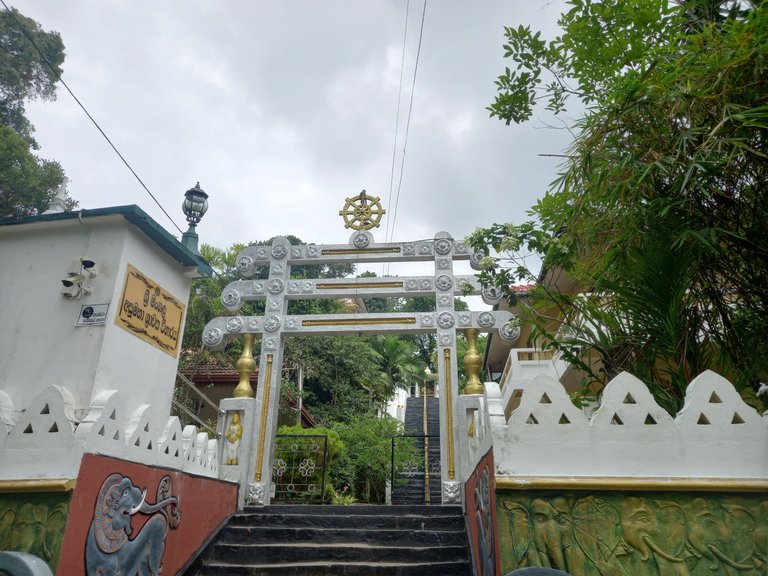
The entrance to the Benthota Vanavasa Rajamaha Vihara is designed in a shape similar to the entrance to the Sanchi Stupa in India. The difference is that the Buddhist circle has been created above the entrance. From the outside, it can be seen that the temple grounds are very beautifully designed. The temple is given an environmental decoration by planting plants with ornamental trees and flowers. Logos with lotus flowers on both pillars of the entrance gate can be seen everywhere. There the purity of Buddhism is displayed.
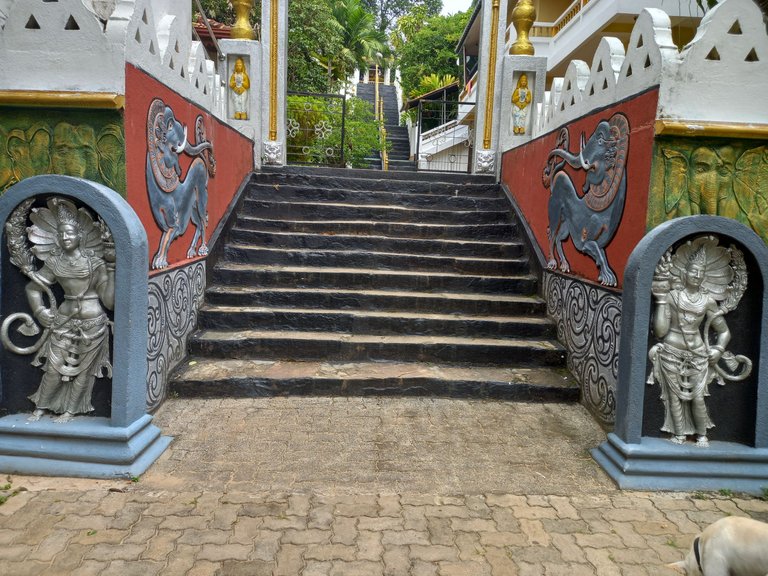
The steps leading from the entrance to the temple to the upper floor are made of stone. It is obvious that it is a creation of the past. But recently the steps have been repainted and the color of the stone has changed. On both sides of the wall, in the entrance part, there are murals of a mythical creature similar to the image of elephants. It is a wonderful creation made for the protection of the temple. And for the protection of the temple, two sculptures similar to the gods have been carved on both sides of the wall. It is another traditional architectural feature.
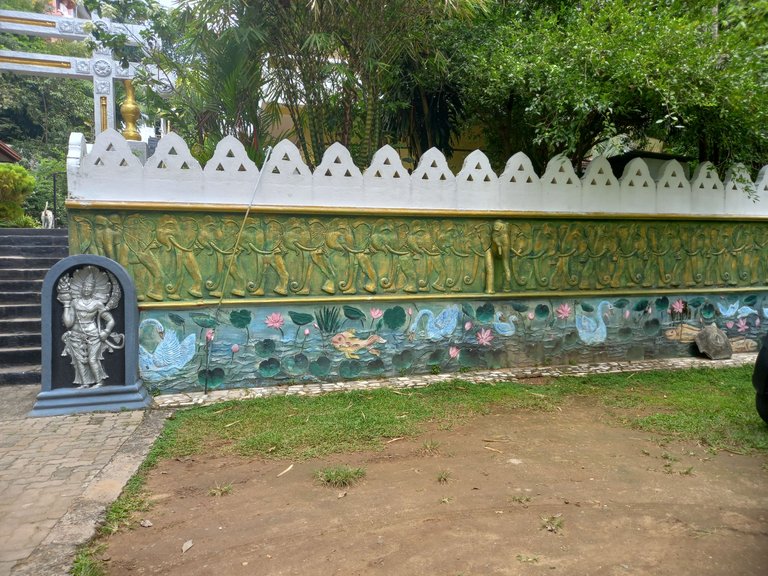
At the bottom of the longitudinal wall is a lotus-flowered lake, and several sculptures of elephants are carved from the top. It gives a very attractive nature to the temple grounds.
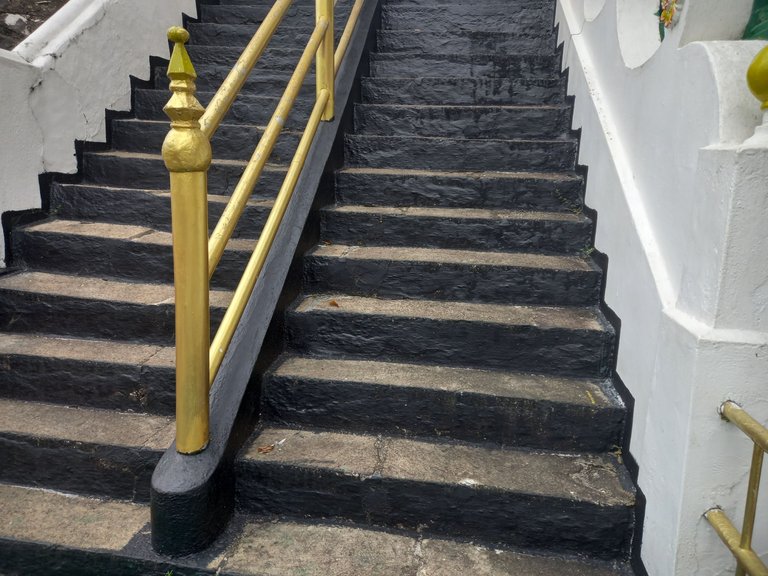

As we slowly entered the temple grounds, we saw a gate with a dragon pantheon leading to the site where the pagodas and other temple elements are located. Below the roof of the entrance, there is a verse about worshiping the temple. As in other temples in Sri Lanka, paintings of sun and moon are seen here. The paintings of the god who resides in the divine world as well as a devil can be seen here to show evidence that the temple is protected. Below it is painted an image of imaginary truths similar to the paintings of dragons. Below that are two paintings of God. From this you can observe how many people are there to protect the temple grounds from evil forces.
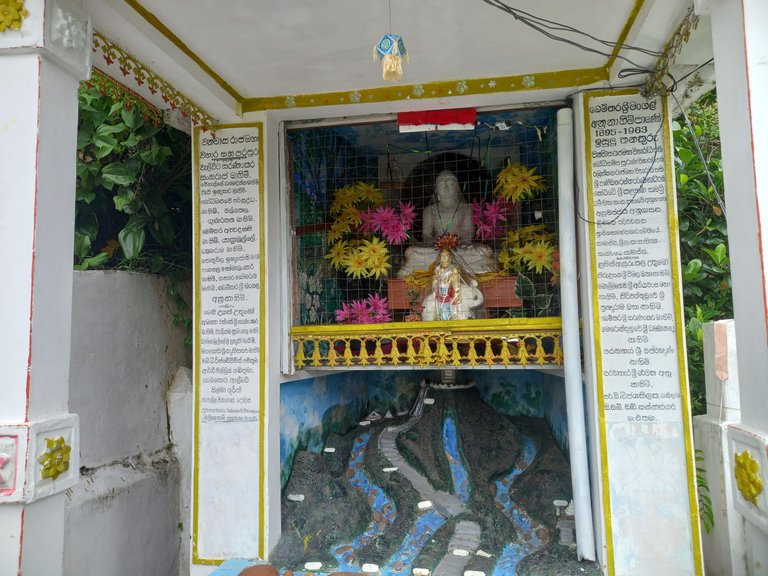
A Buddha booth made of yellow and pink artificial flowers was seen in it. The monks who lived in the temple and the positions they held were mentioned on both sides of the small Buddha booth. It was written in Sinhala.
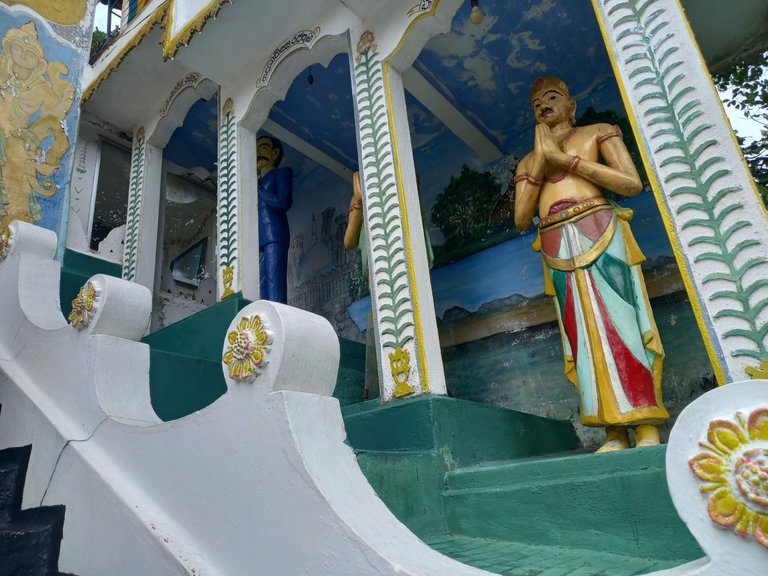
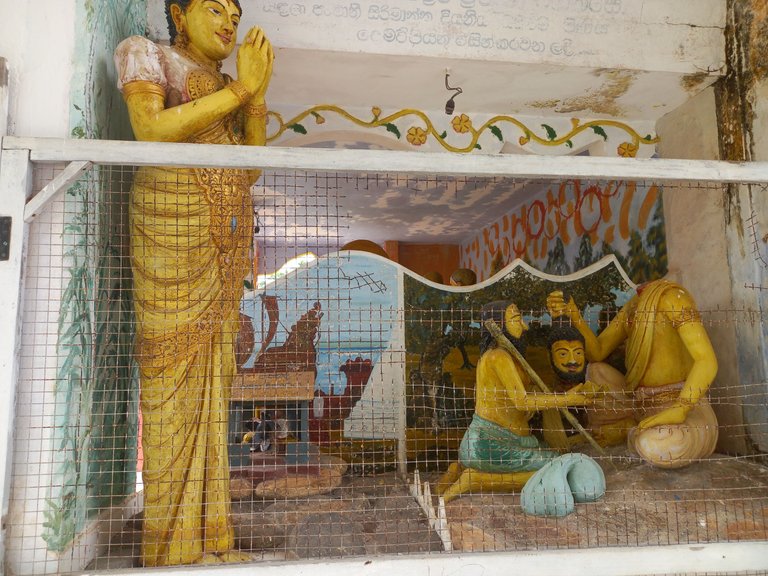
Most of the murals and other sculptures in the Bentota Vanavasa temple were contributed by the village's own donors. It has been mentioned somewhere between the relevant murals and statues.
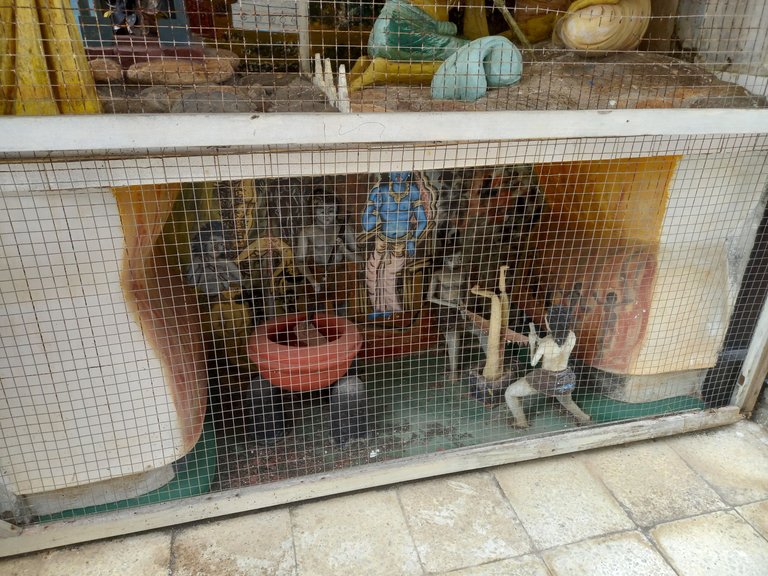
According to the Buddhist religion, all people who do bad deeds go to an area called Narakadiya where the fire of suffering burns on the ground. In Benthota Vanavasa Rajamaha Vihara, a place was set aside to display all those professions in order to set an example for the devotees. In a way, showing such wrongdoings etc. is a feature that is really suitable for today because there is a possibility that the younger generation will be led in the wrong direction.
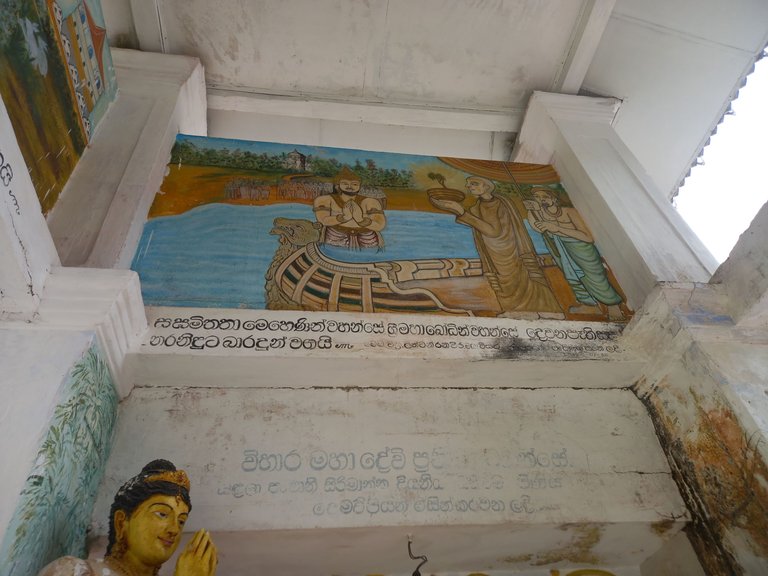
The picture shows the occasion when Sanghamitta handed over a branch of Sri Maha Bodhi to King Devanampiyathissa.

A small chamber was made separately for offering flowers to worship our religious teacher Buddha. Its tiles are beautifully arranged. These small booths are a traditional feature of any temple.
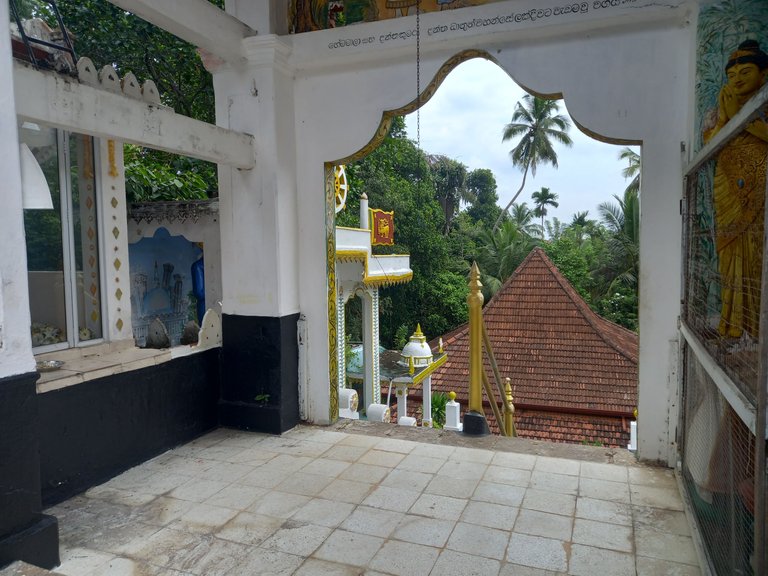
The entrance to the temple ground where the stupa is located is very beautifully designed in a traditional shape. On the walls on both sides, there are paintings behind various stories related to Buddhism.
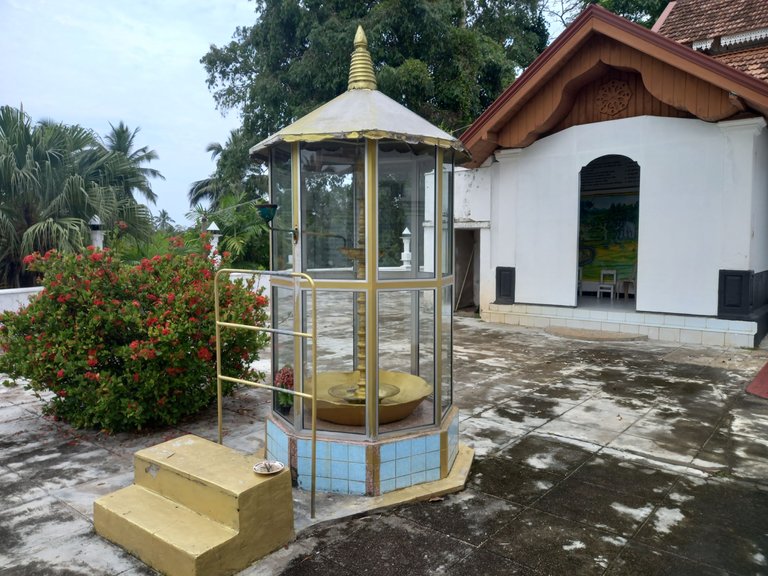
As Buddhists, flowers are not only offered to the Buddha for Amisa Puja. For that, clay lamps are also lit with oil. But there was also a separate chamber with a brass lamp inside, made of an elegant shape covered with glass. When oil is poured into a small cup-shaped hole, it is arranged so that the oil collects in the brass lamp. If the oil is constantly falling into the lamp, the lamp will light continuously.
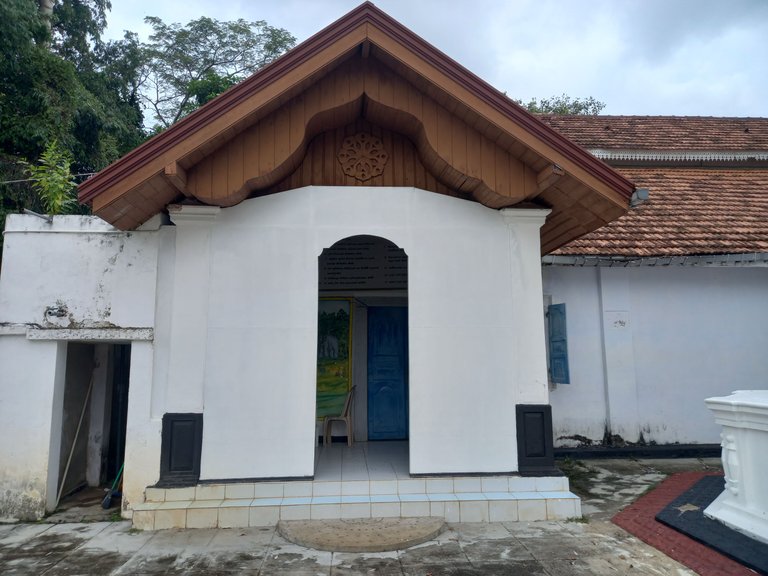
I entered the front side of the temple which was decorated with beautiful wood carvings. At the entrance, you can see the traditional stone carvings known as Moonlight Lamp. The interior is tiled.
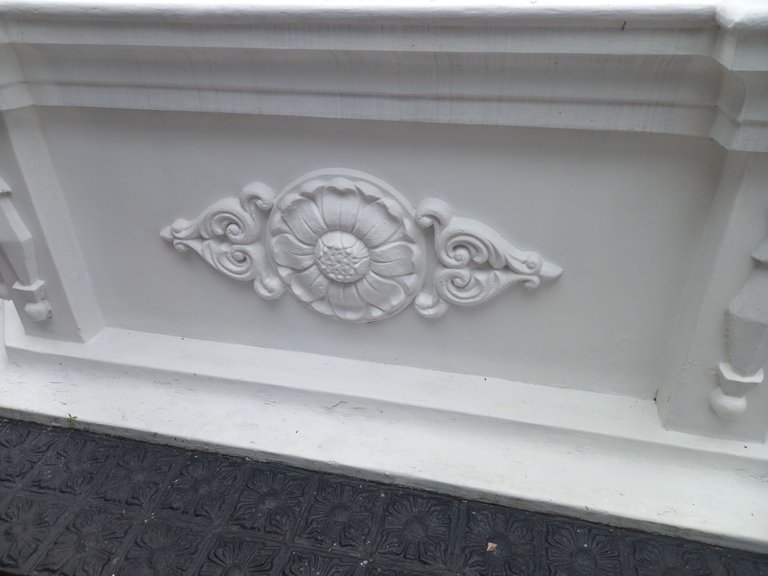
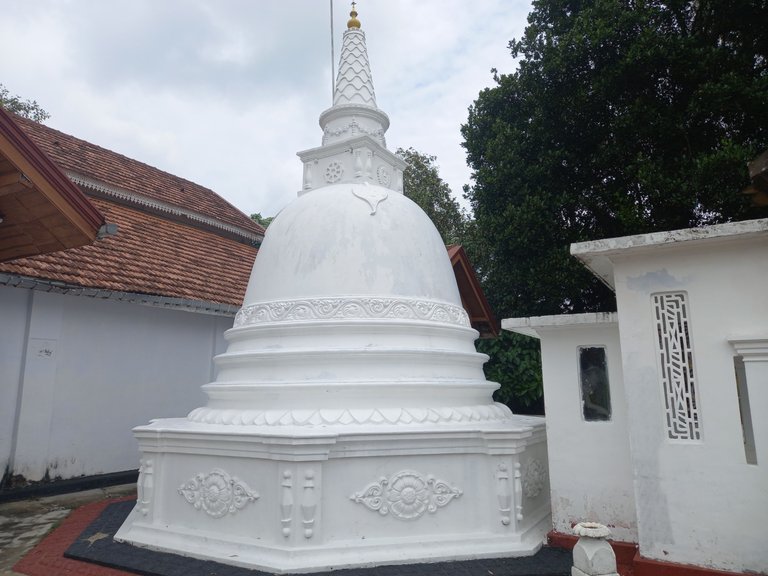
Next we saw the stupa made using various Buddhist designs. At the bottom of the stupa, the lotus flower design can be seen, and the shape of the bo leaf has been created in the middle. In addition, designs with lotus leaves, sun, moon, Dharma Chakra and scrolls have been carved.
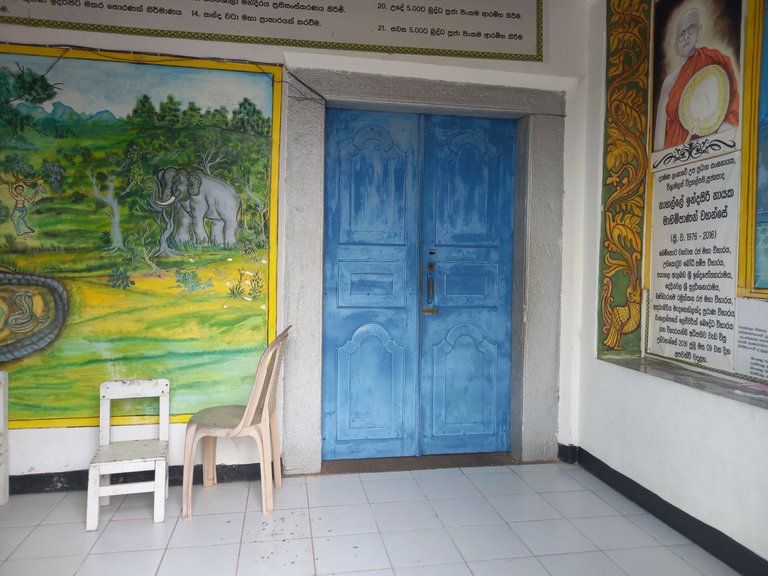
The entrance to the temple is painted blue. In addition, various designs of wood carvings have added charm to the entrance. In addition, various murals can be seen.
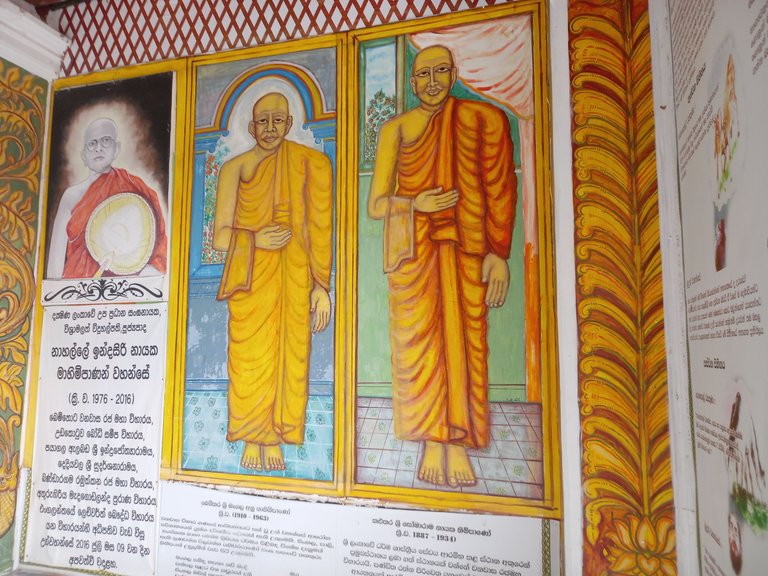
In the meantime, I got to see another unique mural. There were pictures of three monks who lived in this temple. As those monks are not alive now, these paintings are drawn in a lifelike manner to remember them. The artists have skillfully created the same, further showing the traditional artistic skill. From 1887 to 1934 AD, Kalutara Sri Somarama monks, Bentota Sri Sumangala monks from 1910 to 1963, and Nahalle Indasiri monks from 1976 to 2016 have devoted themselves to the work of the temple.
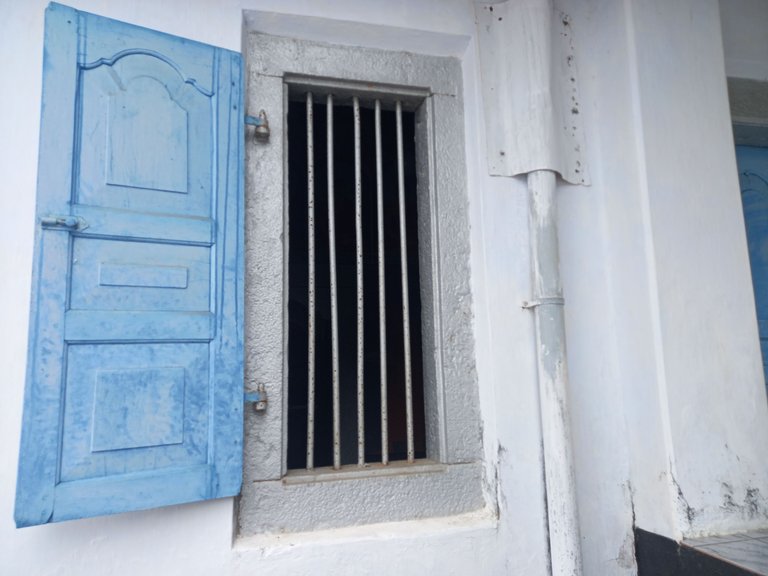
The temple was closed but a window was open. Accordingly, it can be seen that it is arranged in the same shape and color as the door itself.
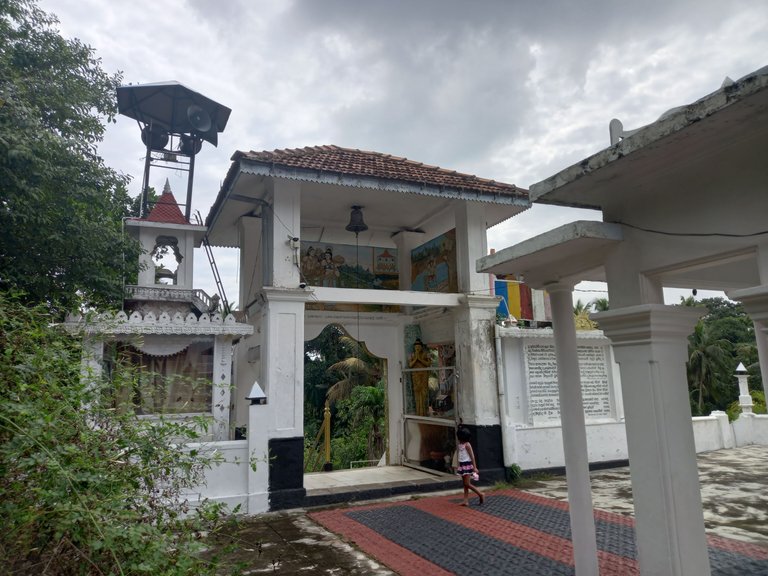
Looking from inside the site of the stupa, one can see a high bell at the entrance. It is also possible to see murals related to Buddhism on the upper walls.
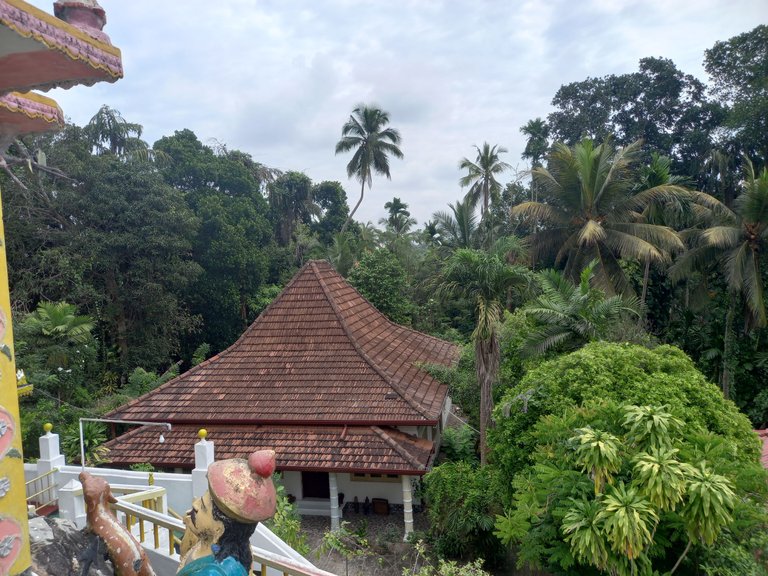
When viewed from the top of the temple, the museum can be seen below. Its roof also uses the architectural shape seen in Buddhist temples.
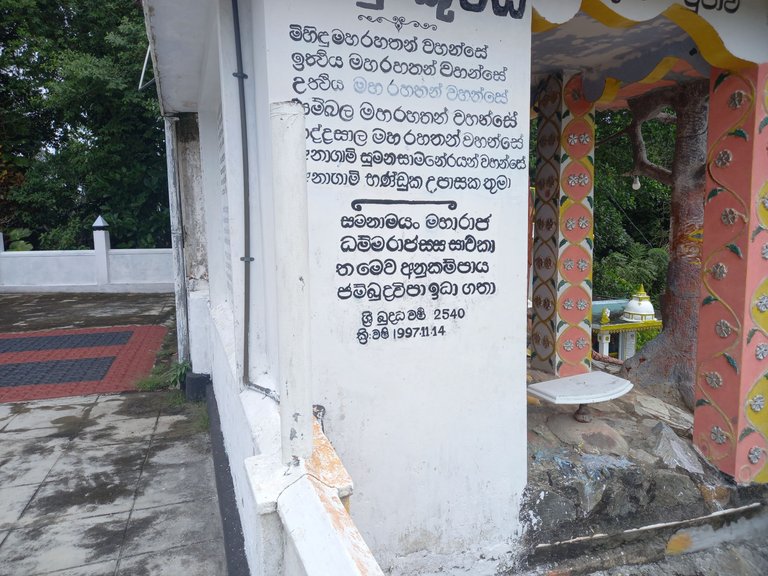

A Mihindu chamber is also made here with the sun and the Buddhist flag displayed on top. It was built on November 14, 1997 AD as a tribute to the leading followers of Mihindu Rahat who introduced Buddhism to Sri Lanka. The pillars here are decorated with garlands full of flowers. Pink and yellow are perfect for it.

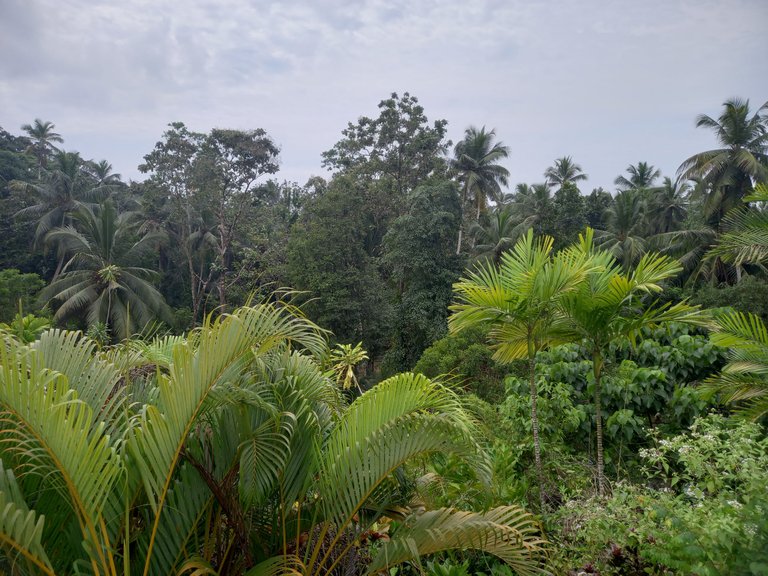
Bentota Vanavasa is like a forest that has acquired the charm of the temple environment. When viewed from the upper ground, a beautiful environment can be seen below. The shape of the roof of the building where the monks live in the temple looks beautiful. It looks like a combination of several triangular shapes. Vanavasa Temple is a top temple in terms of garden arrangement.
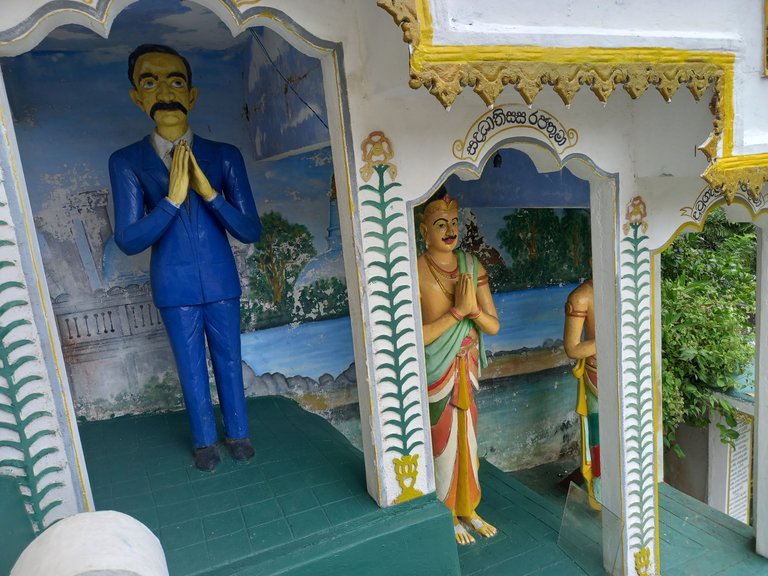
During the reign of King Saddhatissa, the Vanavasa temple has received a lot of donations. In his memory, a statue was created in a small house. Vine symbols with leaves are drawn on the front.
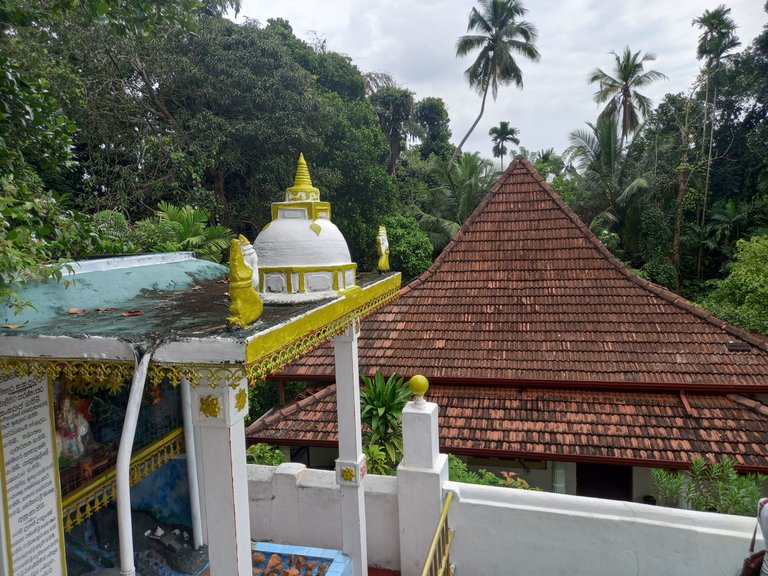
One of the special features of the Vanavasa Temple is that special chambers have been built to commemorate the old special people and monks. It is mentioned in history that this was also used as an educational center at a certain time. A small dagaba coated with yellow and white paint is attractively placed on a slab.
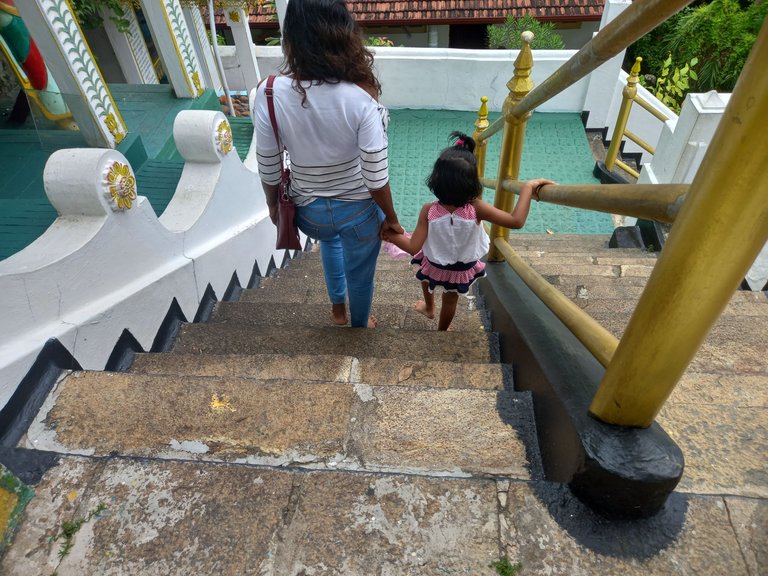
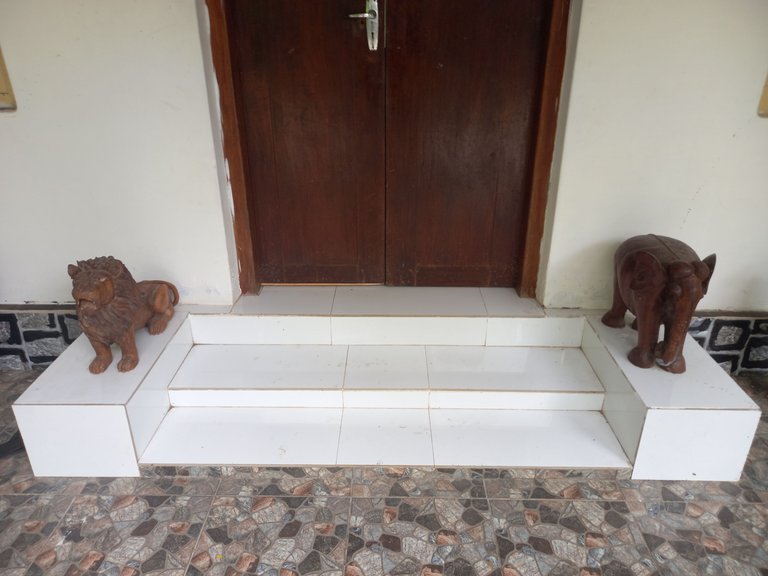
Descending the stairs from the upper temple grounds, we entered the museum area. The front floor of the small museum was covered with granite tiles. It may have been built recently. When we went there, the head monk of the temple was not there, so the museum was closed. On both sides of the entrance there were carved sculptures of a lion and an elephant.
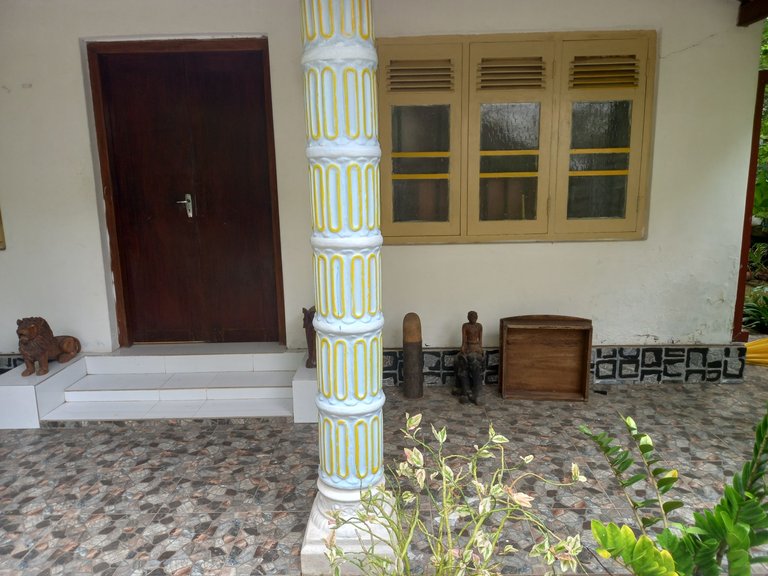 | 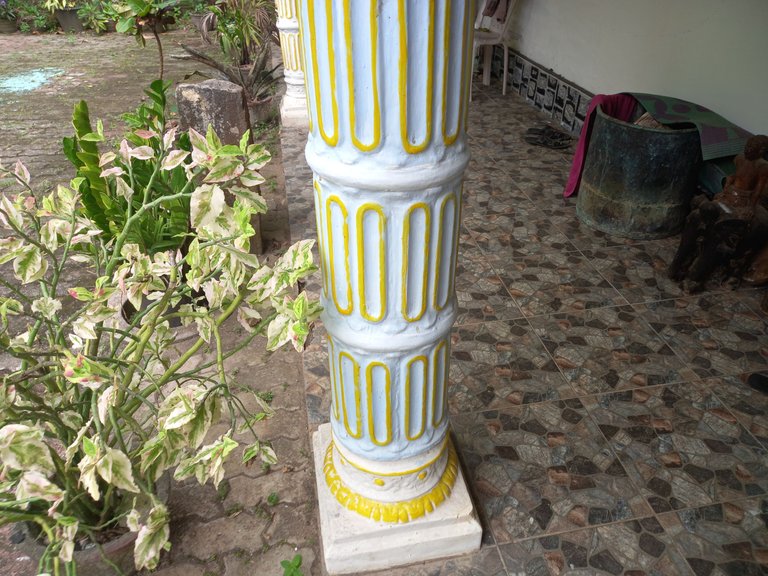 |
|---|
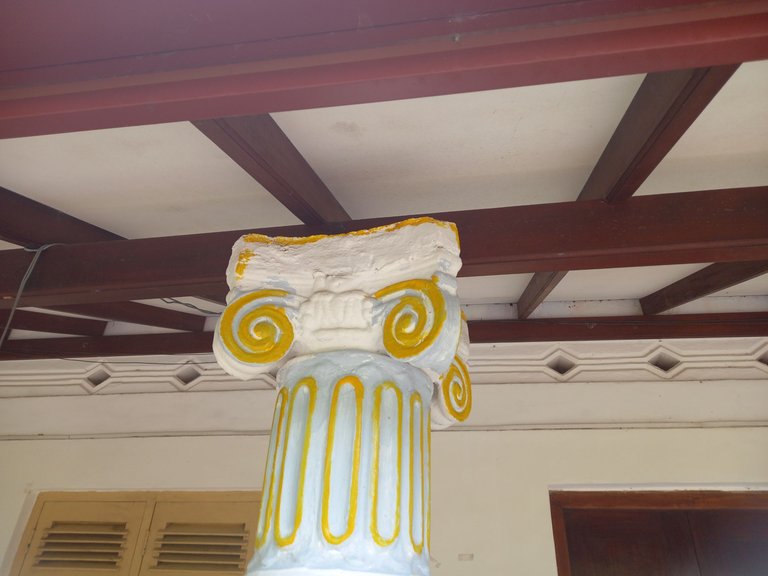
The pillars that supported the roof had no special architectural shape or design, but the white color mixed with yellow gave a strange attraction. A special architectural feature that I saw here is a different color and shape that is not seen in the towers of the old temples. In this content I covered only the upper ground of the temple. I will post the second part including the tunnel temple with another content.

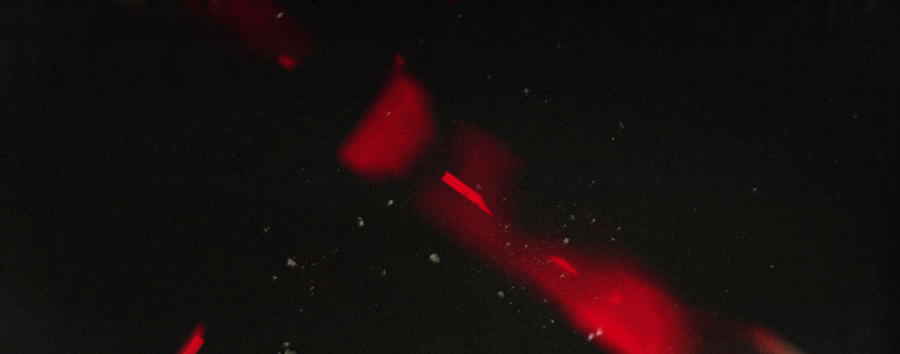
Congratulations, your post has been added to Pinmapple! 🎉🥳🍍
Did you know you have your own profile map?
And every post has their own map too!
Want to have your post on the map too?
Yay! 🤗
Your content has been boosted with Ecency Points, by @madushanka.
Use Ecency daily to boost your growth on platform!
Support Ecency
Vote for new Proposal
Delegate HP and earn more
https://twitter.com/1260211375881814016/status/1620793904303067137
The rewards earned on this comment will go directly to the people( @madushanka ) sharing the post on Twitter as long as they are registered with @poshtoken. Sign up at https://hiveposh.com.
Hiya, @ybanezkim26 here, just swinging by to let you know that this post made it into our Honorable Mentions in Daily Travel Digest #1777.
Your post has been manually curated by the @pinmapple team. If you like what we're doing, please drop by to check out all the rest of today's great posts and consider supporting other authors like yourself and us so we can keep the project going!
Become part of our travel community:
My biggest pleasure @ybanezkim26
Congratulations!
This temple is very beautiful. I'm glad to see that there are many things in the temple similar to the temples in Thailand while there are something that are different....
Firstly, we have many people protect the temples; i.e. your temple has Gods, elephants, dragons, while our temple normally has Nagas (giant serpents), dragons, giants, etc.
Secondly, we have some sculptures and murals paintings depict Buddhist stories and some sculptures can teach us about good and especially bad things by which if we do it, we would probably live in a suffer world after death, etc.
Thirdly, Our stupa is similar; shape and color (white), in the meantime, in Thailand, we mostly have golden color, not many stupa that have white color.
Last but not least, I also love that this temple create their garden with a lot of trees which looks as if a small forest. These make the area look relaxing and refreshing.
Thanks so much for sharing your beautiful pictures and the useful and interesting information with us.
Thank you very much for your encouraging feedback @tangmo. Yeah I have seen some similar designs in Tailand temples with Sri Lankan temple. But has some differences in architectural designs. Every temples protected by some species. Every murals showing good guidance to learn something for being good human to society. Of course Thailand stupa painted from golden color. Many Sri Lankan stupas painted from white color. Only few stupas paint from different color. Maintaining beautiful garden brings more valuable looks to the temple.
You are much welcome! I completely agree with you..... 😊
Congratulations @madushanka! We are delighted to inform you that your outstanding publication was specially selected to be part of our Curated Content Catalog and was awarded RUNNER-UP in Architecture Anthology™ 14. More power!
Thank you for subscribing to Architecture+Design, an OCD incubated community on the Hive Blockchain.
Appreciate your selection.
We are truly grateful for your fantastic contributions dear @madushanka. Have lots of fun! 😀